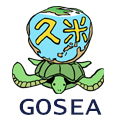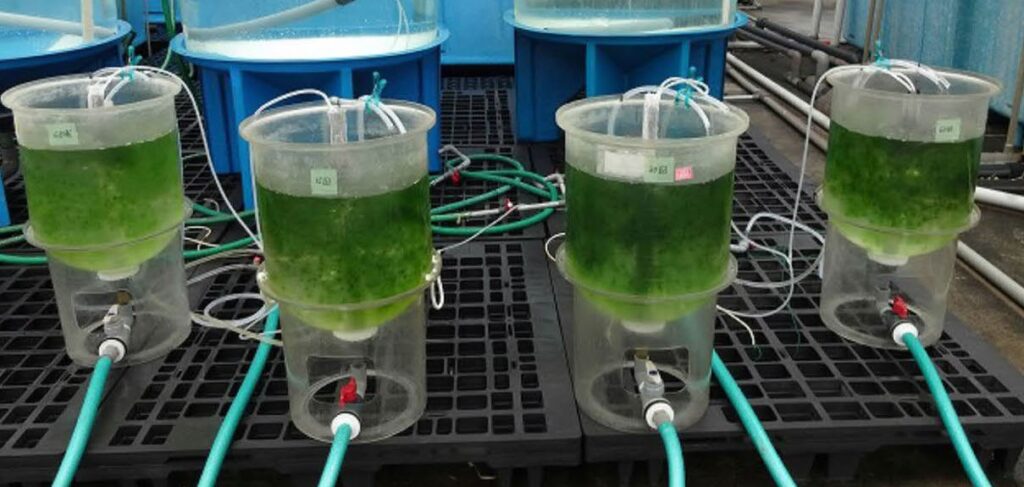
Development of Aquaculture Technology for Advanced Use of Post-OTEC Ocean Water
A new academic paper was recently published by Saga University looking into the production of Ulva prolifera, commonly known as “sea lettuce” or “grass kelp” in the US and “sujiaonori” in Japan, using deep ocean water (DOW) on Kumejima. The sea plant is often used as a seasoning in Japanese dishes such as yakisoba. DOW is nutrient-rich and cold. The paper examines production techniques as a potential mitigation strategy for high-nutrient DOW in the case of an on-shore deployment of an Ocean Thermal Energy Conversion (OTEC) system.
According to the paper, due to high-demand and failing production in Tokushima and Kochi Prefectures, the price for dried Sea Lettuce has reached 30,000-40,000 JPY/kg, and 3,000-4,000 JPY/kg when raw. Comparatively, Okinawa Mozuku, another type of local sea plant generally is 100-200 JPY/kg. This makes sea lettuce commercially attractive. Based on other research cited in the paper, it is also potentially viable for reducing nutrients in DOW prior to discharge.
This research was carried out jointly between Saga University and the Okinawa Prefecture Deep Ocean Water Research Center (ODRC), were various inputs such as sunlight, temperature, etc. were measured against production speed. Utilizing a cooling bath for maturing samples, and then high exposure to UV, research suggests the production volume can be increased 1.8 times the current onshore production method.
The full paper (in Japanese) can be viewed here:


